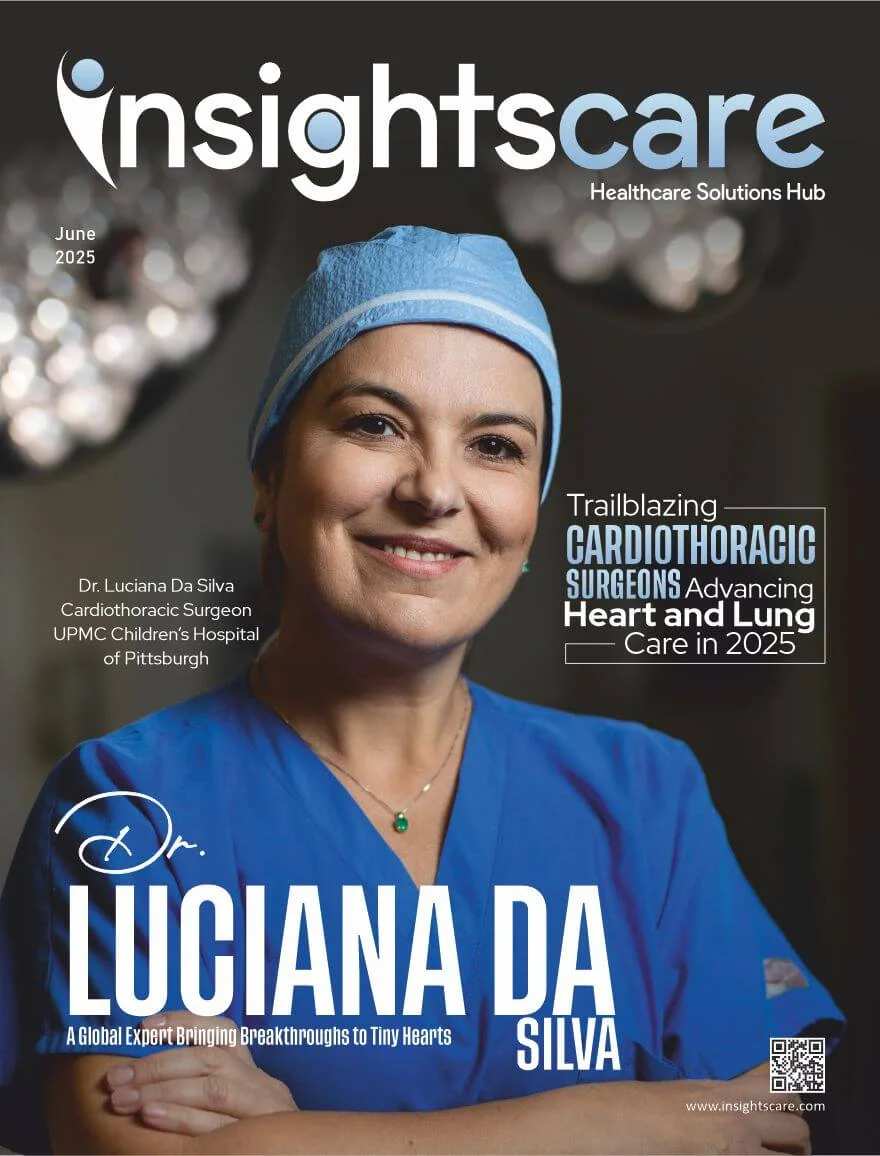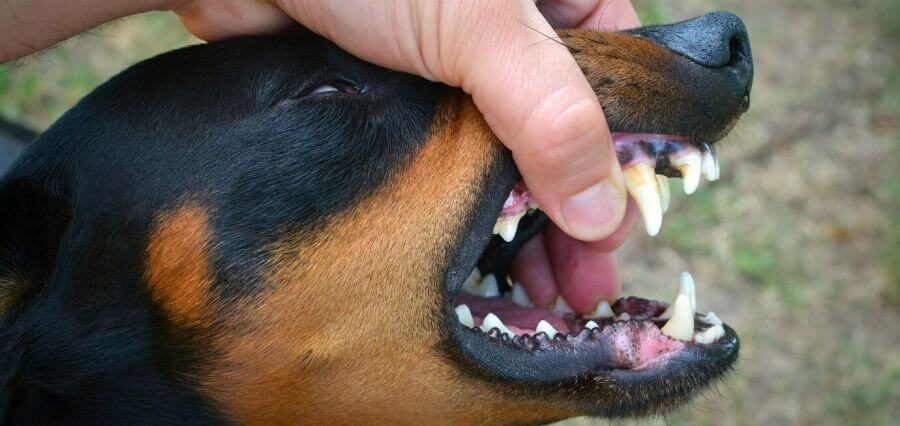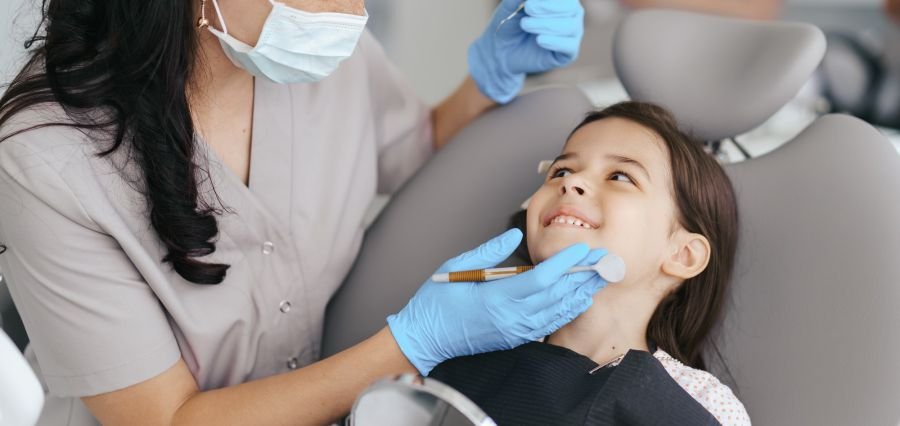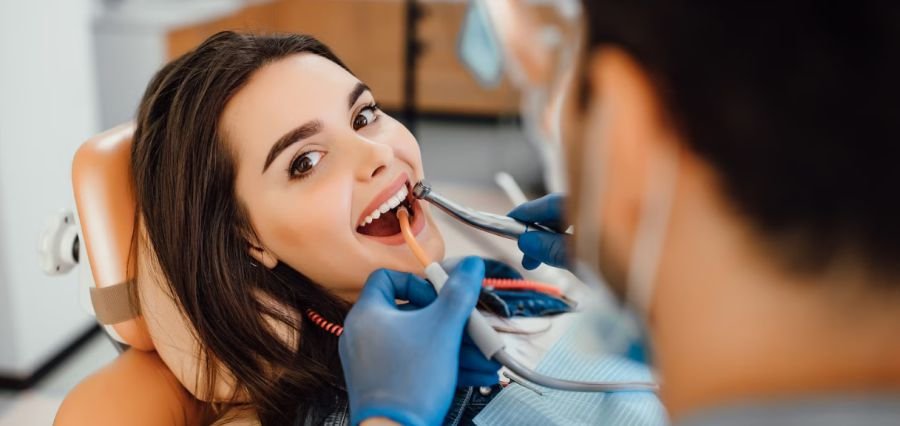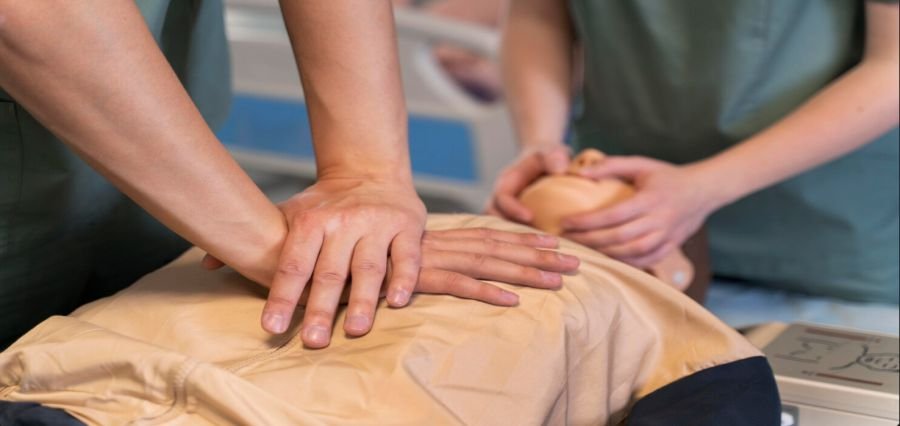If you thought orthodontics could only be used to fix your misaligned teeth, you were sorely mistaken. Now, you can go to an orthodontist who specializes in canine teeth and get their dental issues addressed as well.
One significant problem orthodontists often encounter is impacted canine teeth. Impacted canines, particularly the maxillary canines (upper canines), can pose several challenges to dental health and aesthetics.
Understanding the role of orthodontics in correcting impacted canine teeth highlights the importance of timely and effective intervention. Read on to learn more.
Understanding Impacted Canine Teeth
Impacted canine teeth occur when the teeth fail to emerge properly from the gums and remain trapped beneath the gum line. This condition is more common in the upper canines. They are essential for a functional and attractive smile.
Canine teeth play a vital role in biting, tearing food, and guiding the other teeth into the correct alignment when the jaws close.
Several factors contribute to canine impaction, including:
- Genetic predisposition
- Overcrowded teeth
- Prolonged retention of baby teeth
- Abnormal tooth eruption paths
Impacted canines can lead to dental issues, such as misaligned teeth, bite problems, and potential damage to adjacent teeth.
The Role of Orthodontics
Orthodontics is integral to diagnosing, planning, and executing treatment for impacted canine teeth. An oral surgeon in Los Angeles will use a combination of diagnostic tools, including X-rays, CT scans, and dental impressions. This will help them assess the position of the impacted canines and plan the best course of action.
They can then use tooth-uncovering surgery or a tactic for pulling canine teeth down with braces. They will be able to judge best after examining your dog’s teeth.
Early Detection and Intervention
Early detection is paramount in managing impacted canines. Regular dental check-ups during childhood and adolescence can help identify potential issues before they become more severe.
Orthodontists often recommend interceptive treatment, which may involve creating space for the canines to erupt naturally. This can be achieved through various methods, such as canine tooth extraction, like in humans. Or you can use orthodontic appliances to guide the eruption of permanent teeth.
Post-Treatment Care
After correcting impacted canines, orthodontic retention is crucial to maintaining the results. Patients are typically provided with retainers to keep their teeth in the correct position and prevent relapse.
Regular follow-up visits with the orthodontist ensure the teeth remain properly aligned and any potential issues are promptly addressed. Just like it’s recommended for you to visit the dentist at least once a year, the same applies to your canine friend.
Impacted Canine Teeth Like Human Problems Can Be Fixed
Dental technology has progressed so much further than in the past, and this applies to canine oral health as well.
Using an orthodontist who specializes in canine teeth, you can fix impacted canine teeth using oral surgery or other methods. Don’t let your pet suffer any longer. There is help available for whatever tooth problems they might encounter.
Keep browsing through related articles on our website and keep learning and growing.
Read More: Click Here


